Goldpine
Essential, Sustainable Produce
Farming Fits the Bill
Earlier this year, we made our case for the New Zealand primary sector. While we love the work we do and the people we work with, it’s your story up front and centre. Whether it’s your exports funding the country’s imports, or the way you’re supplying a significant volume of nutritious produce to an underserved global population, the work you do has a global impact. Amongst the day to day, it’s easy to lose the forest for the trees, so when given the chance, we’re happy to point out the value in what you do.
When it comes to acknowledging the value in a primary sector, it seems we are not alone. If you go looking, you’ll find a growing number in the scientific community pushing for a broader discussion about the importance of the sector worldwide.
Diana Rodgers (of Sacred Cow fame) has popularised a framework we like, which points to the complex system of interactions and trade-offs in the global food chain. Her point: you can neither focus on one part of a system nor one outcome, you need to optimise across several factors.
With that in mind, this month we’ve been reading a few academic papers and, to us, it looks like the frontier is, once again, on the move. We’ve read about the essential purpose of animal-based products, the evolving view of methane, and one of the most powerful environmental assets you’ll find worldwide. Each paper tells its own significant story and combined they paint an incredible picture. It's not only a picture we think you’ll like, but it’s also one we think you’ll recognise.
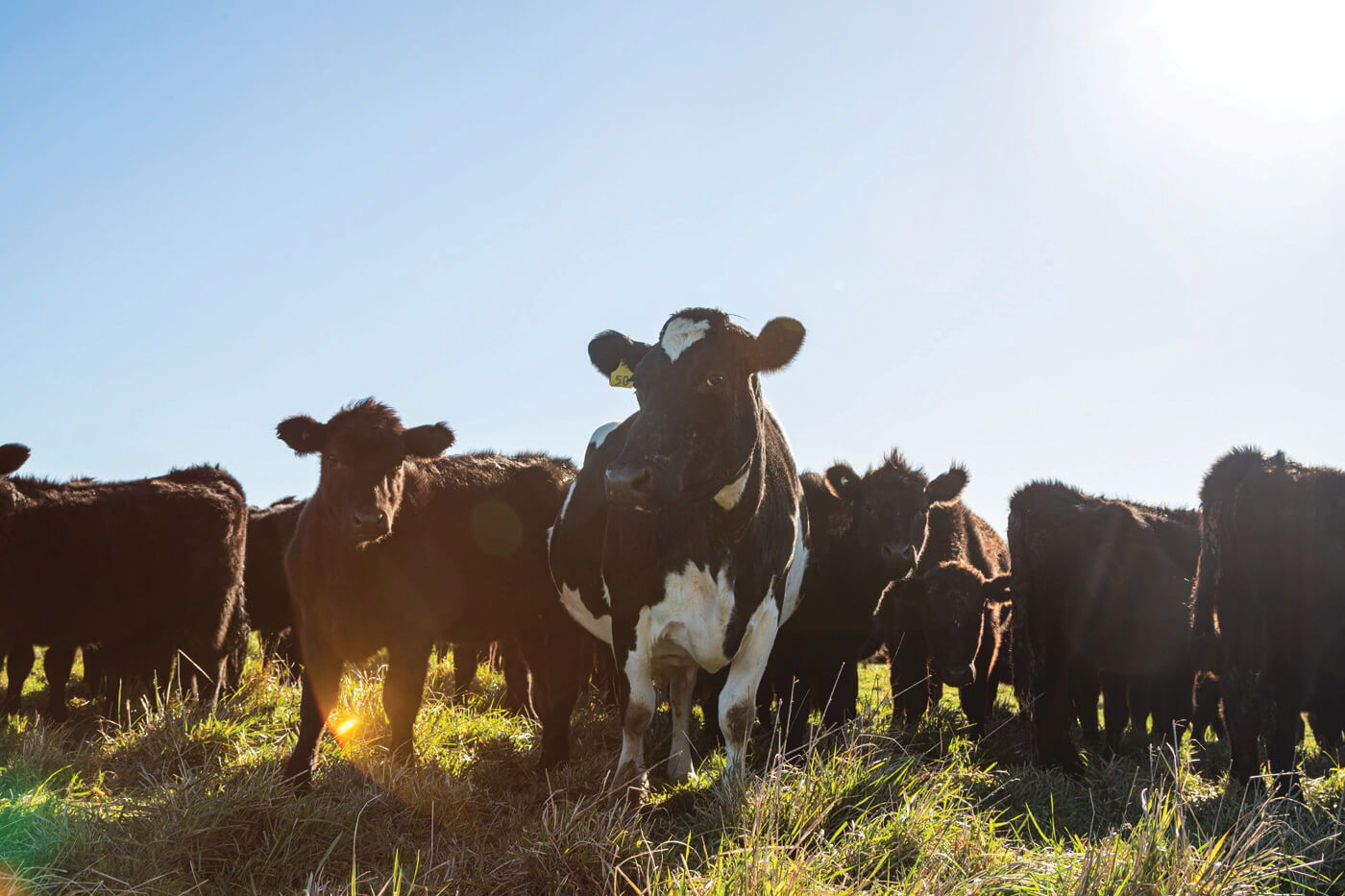
An Essential View of Food
The Food and Agriculture Organisation (FAO) of the United Nations has recently released what they describe as their most comprehensive analysis to date on the benefits and risks of eating animal products. It draws upon 500 different scientific papers, 250 further policy documents and, fortunately for us, they’ve summarised their findings in under 700 words. Some of the FAO’s goals are about setting global nutrition targets, establishing the most efficient path to achieving global food security, and ensuring people have enough high-quality food to lead active, healthy lives. This is the same organisation that pointed out the valuable role the livestock sector plays in expanding global net protein availability by upcycling the inedible to the nutrient-dense. So what did they find this time around? In their view, “Meat, eggs and milk offer crucial sources of much-needed nutrients which cannot easily be obtained from plant-based foods.”
They explain that important health and developmental functions are achieved by an intake of animal products as they deliver high-quality protein, a number of essential fatty acids, and a wide array of macro and micronutrients, which are “hard to find in plants in the required quality and quantity”. The FAO further highlights that animal-based products, as part of an appropriate diet, can help achieve seven of their global nutrition targets, like reducing anaemia and low birthweights. It may seem surprising that the FAO needs to point this out, but we’re pleased to see the organisation throw their weight into the debate. They’re not the only ones.
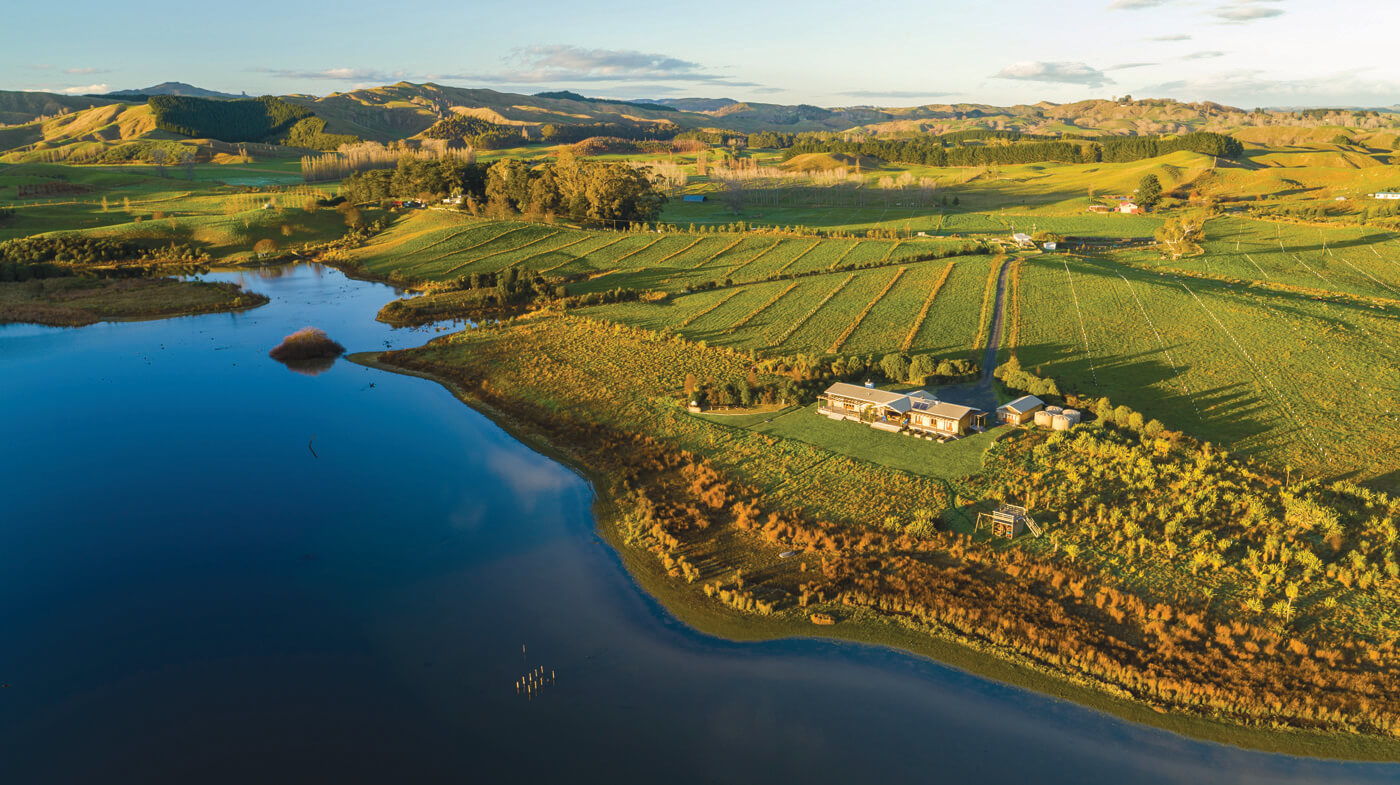
A recent Dutch study also challenged the idea that “a way to eat more sustainably is to replace animal products with plant-based products that are positioned as alternatives". While considering the emission profile of the various options, much like Diana Rodgers, they took a broader view; what effect would a one-to-one swap have on either nutritional intake or the price of groceries? To answer their question, the authors built a model that accounts for the cost, nutrition and emissions profile of 208 products; it starts with an “optimal diet”, removes products and while striving for “as similar as possible” nutritional outcomes, it swaps in alternatives. Running through the scenarios, the model concludes leaving out animal products would lead to potential nutrient deficiencies, so the swap to the advised alternatives “is not as ‘nutrient neutral’ as one might expect”.
The model dynamically runs through the alternatives and tries to find an optimum replacement; for example, a 100% replacement of dairy? The model would optimistically tell you to eat 538 grams of vegetables per day, trying to replace the calcium intake. If asked, we’d bet any parent would say a glass of milk is the easier option. Not only that, but the model also highlights that fully replacing dairy would see a 35% increase in the weekly grocery bill, and replacing meat would see its own 10% increase. This tells us two things; your products are both nutritionally and economically efficient. The Dutch are the second largest exporter of agricultural products to the world; were they to export a little less, the authors of this study would suggest it’ll be expensive to fill the nutritional gap. In their view, “The paradigm ‘eat fewer animal products and more vegetable products’ is of little use to anyone who strives for a more sustainable diet that is also healthy.”
What do we take from the combined view of the FAO and the Dutch group? Animal products are essential and nearly impossible to replace as part of a healthy diet. Nutritionally dense, diverse and economically efficient, not only do we rely on your supply chain to meet global nutrition targets today, it’ll also require expansion as the population grows toward ten billion people. That said, the authors in both cases point toward the need for sustainable production practices and, on that count, New Zealand sets the bar; from what we read next, may be much higher than we thought.

A Change in the Air
It has been said that ‘there’s the laws of physics and everything else is just a recommendation’, so when the Oxford University Department of Physics teamed up with Oxford's Environmental Change Institute to put out a paper in 2020, we took notice. Their paper was an open letter demonstrating the differences between the most prominent climate model GWP100 and their preferred model GWP*, which they stress has important implications in cases of stable or declining methane emissions, and consequences for climate targets and policies.
GWP100, due to its use in the Kyoto Protocol and the Paris Agreement, has become “the de facto standard” model used in most scientific literature and amongst the mediascape. The Oxford University team’s view: despite its broad use, the relationship between the model’s calculated CO2-e output and global warming itself is unclear. They go further. Their critique of the model is that it “falls short”, particularly in the case of stable or declining methane emissions, and that its use to direct climate strategy “could be unfair, inefficient, and dangerous”. In essence, they’re putting forward the case for a “warming-equivalent” model (GWP*) over the “CO2-equivalence” model (GWP100).

In the nuts and bolts of the paper, they explain that “to prevent further warming, it is necessary that net CO2 emissions are reduced to zero, but this is not the case for methane, where it is possible to have climatically sustainable ongoing emissions”, something that would have significant implications for New Zealand. Their study found that a minor decline in methane emissions each year of 0.3% would result in “negligible warming” and that anything faster than a 0.3% decrease would lead to a cooling effect relative to current temperatures. How does this translate to the New Zealand context? Statistics New Zealand shows agricultural methane emissions peaking in 2006 at 31.287m tonnes of CO2-e, with the latest available data in 2020 showing emissions of 30.472m tonnes; a decrease that works out to be a compound annual growth rate of -0.2%. Ask the Oxford University Physics Department and they might say the Kiwi primary sector is right on the cusp of “climatically sustainable” when it comes to methane over that period, in stark contrast to the conventional wisdom. Over those same 14 years, we saw your exports grow at a rate of nearly 6% each year; talk about doing more with less! It looks like the Dutch team, mentioned earlier, has used the conventional GWP100 model as part of their analysis; imagine what they’d conclude about Kiwi produce if they teamed up with Oxford University.
With that said, their base conclusion is progress should be made on both CO2 and methane emissions reductions, and that an increasing rate of methane emissions has consequences, but Oxford's perspective is powerful. In their view, policies should be pointed at CO2 with a far greater degree of urgency because progress on methane is “largely time-independent” as it’s the rate of emissions that counts. During a period of declining methane emissions, their view is that the conventional GWP100 “does not even indicate the correct direction of temperature”, whereas under GWP* “declining methane emissions rates... are equivalent to a removal of atmospheric CO2”, effectively pointing out that the primary sector reducing methane emissions now would buy time for the rest of the country to solve the wider problem of CO2. The output of the study would also suggest the Kiwi primary sector achieving a 10% reduction in methane emissions over 35 years would be “climatically sustainable” and achieving that same feat in 13 years would mean a substantial cooling effect, and that’s before taking any other initiatives on farm into account. If the 13-year methane target holds, it should be said, we’d be asking you to do more than any other sector; according to Oxford, a 10% reduction in CO2 emissions by another sector is not the same outcome, not even close.
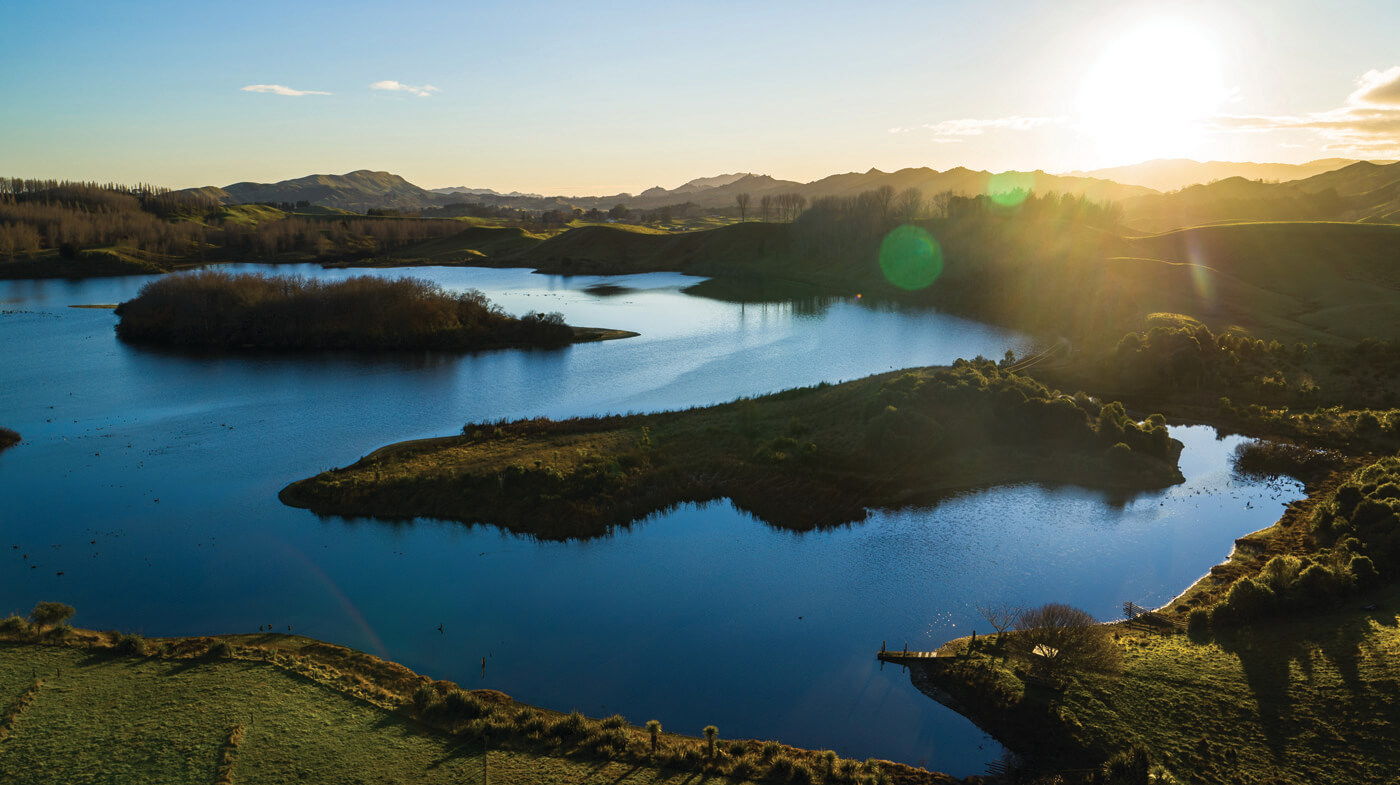
Taking a different approach, another paper suggests the frontier of our understanding may be on the move once again. Published in Nature Geoscience, researchers in the US have proposed that methane’s effect may be 30% less than currently allowed in conventional climate models, something they admit was “counterintuitive”. Their model builds on the standard focus on longwave radiation and includes both shortwave radiation and its effect on cloud cover. Essentially, they looked at the first effect and asked ‘Then what?’ While their findings are interesting it’ll take the wider scientific community a few laps to give it a shake, something the authors have requested, but it may change the game again if it becomes widely adopted.
Taking all that into account, it would seem like the research into methane reduction technologies would be a cherry on top. Just imagine if some of these feed additives are even half as effective as they seem; one claims to reduce methane emissions by up to 90%. If it works, what would it mean? You’d be punching well above your weight, supplying highly nutritious produce to the world, all while having a relatively rapid cooling effect and that would be decades ahead of net-zero CO2 targets by 2050.
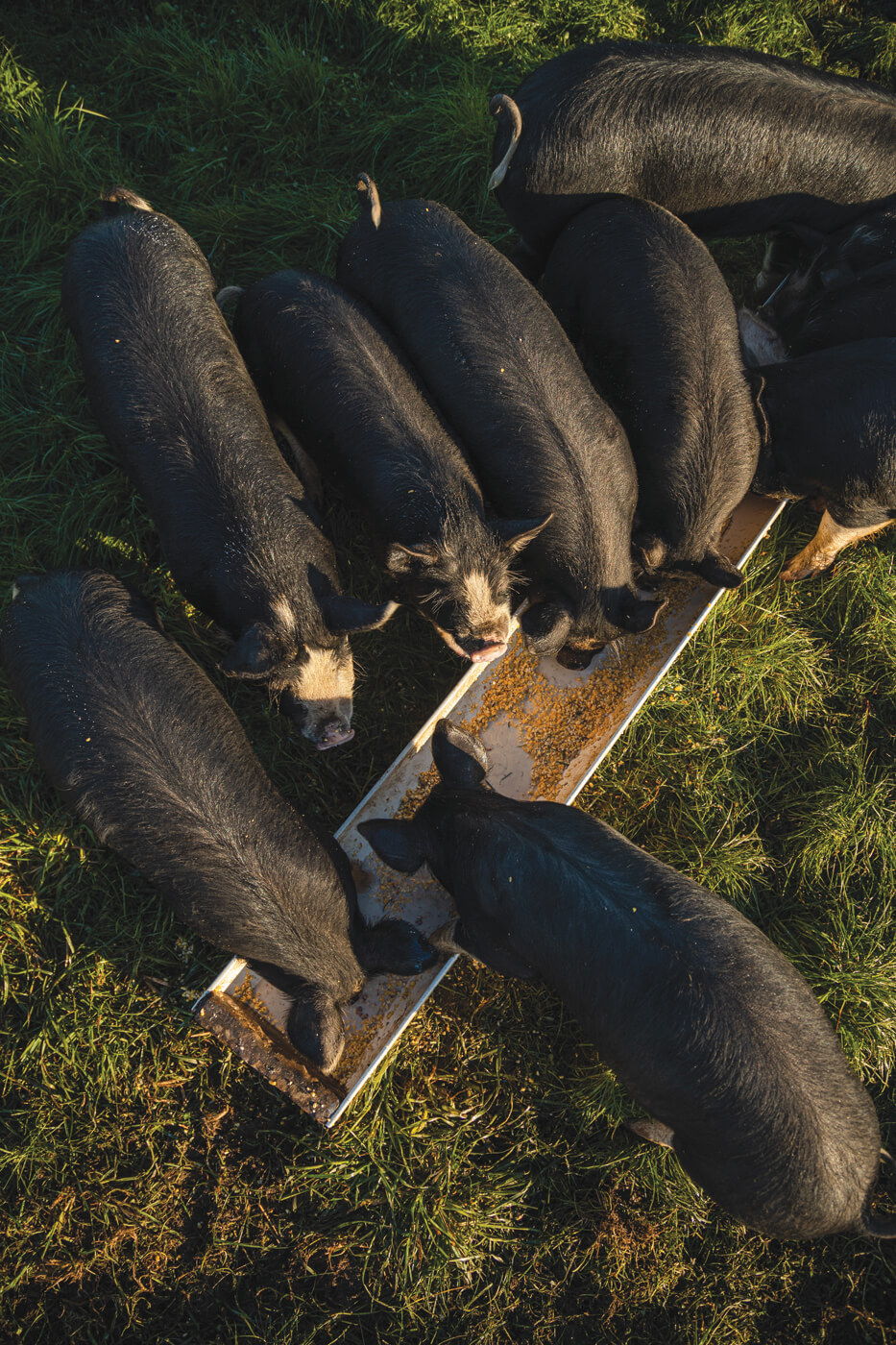
Some Groundwork
In our experience, and you see this every week on Country Calendar, when you work on the land, living and breathing it, you look after it. Long-term sustainability is at the core. Farming is typically a family business and there’s a very real, multi-generational commitment to leaving the land better than you found it; it means the focus is on decades in the way a corporate thinks in quarters. As Arnya Fernald at Belcampo put it, it’s thinking about your heirs five generations from now farming the same block. A lot of the groundwork on farm is mostly done for the satisfaction of a job well done and for what it will mean a year from now and many years after that.
We’ve noticed a bit of movement of late; both large corporations and governments are looking for ways to improve their footprints and, at times, they’re looking toward practices already employed on farm for decades if not centuries. For one, the German Government has turned to what is being termed a ‘carbon storage bonanza’. Wetlands, marshlands, and peatlands are sitting square in the sights of many research groups and government funding for maintenance and expansion is increasing at a rapid clip. An energy-hungry, manufacturing export hub, the Germans are looking into all initiatives and, as the coal power plants are fired up to replace their now offline nuclear plants, they’ve got their work cut out for them. But why has the humble wetland caught their attention?
Wetlands, marshlands, and in particular peatlands, are the most effective terrestrial carbon sinks on the planet. Peatlands alone account for 3% of the land mass but 30% of total land-based carbon, which is twice the carbon content of all the world’s forests combined. It’s fair to say they’re capable of moving the needle.

Forest & Bird reported on our ‘climate change secret weapons’ a couple of years ago, pointing out that coastal wetlands (mangroves) can lock up carbon at 35 to 57 times the rate of a tropical forest. But how much carbon are we talking about? Some research puts New Zealand’s soil carbon at around 100 tonnes per hectare (t/ha), which is higher than many of our peers. A 2015 study of New Zealand’s organic wetlands found an average of 1,348t/ha, over 13 times more carbon per hectare. Research across the Tasman pointed to the “infinite carbon sink” potential as both soils and wetlands do not have a point of saturation, instead seeing the process continue with vertical growth. While much of the activity is occurring in the top 15 to 30cm, peatlands have been found to grow to 15 to 20m deep. MPI has even pointed to research where they don’t achieve maturity for up to 10,000 years, sequestering as much as 5,000t of carbon/hectare. Deep and carbon dense, unlike anything else.
There’s a fair chance you have a wetland somewhere on your property, it might even be visible from the kitchen window. What was once seen as a nice feature, good for the ducks and biodiversity, is now proving to be an environmental pot of gold. We've come across countless stories of farmers establishing, expanding and regenerating wetland assets on farm. The research is finding ways to optimise their potential or establishing new ones on smaller footprints, and it looks like every one dollar spent on maintaining, nourishing, and expanding these assets could be worth $30 to $50 spent elsewhere. So high is the return on investment you see the likes of the German Government funding more of what you’ve done in the past; when no one was asking you to do it.
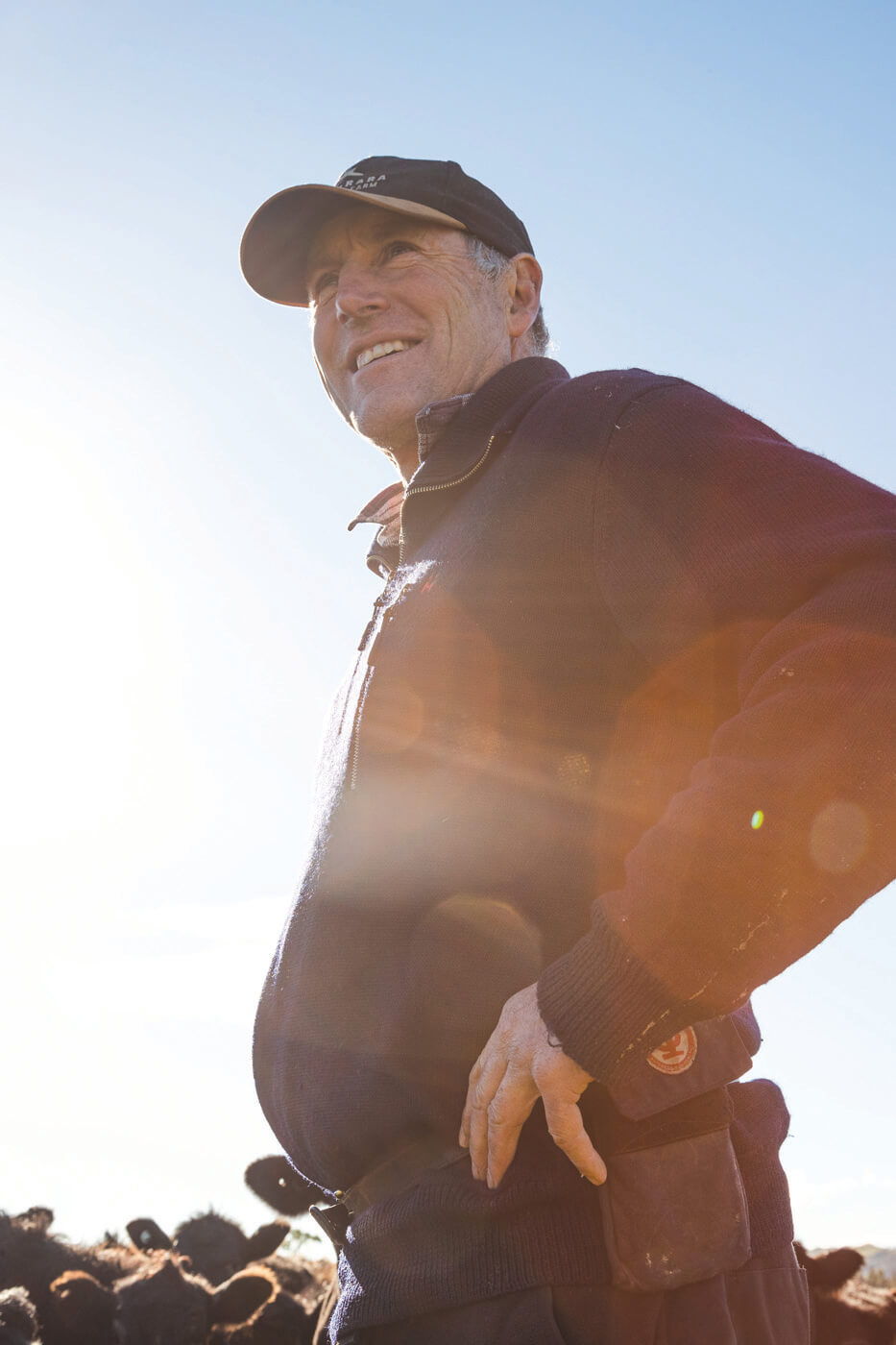
Worthwhile Work
We realise we’ve pulled at quite a few threads this month, but amongst the sprawling web we think there is an untold story. Of late, we have noticed that rural confidence has ebbed and flowed around some record lows. There are many causes for this, not least of which is the general economic uncertainty. The policies on the way into, during and out of the pandemic were unprecedented and we’ve all had to navigate some choppy seas.
At the core of it all, however, not only did governments around the globe call your job essential, but the United Nations is now calling your product essential. Consumers looking for macro and micronutrients in the right quality and quantity might only have one place to go – meat, milk and eggs. You take inedible forage, add some blood, sweat and tears, and upcycle into diverse, nutrient-dense produce. Either way, the rain would fall and the sun would shine, but what you’ve done is unlock the value on the way through.
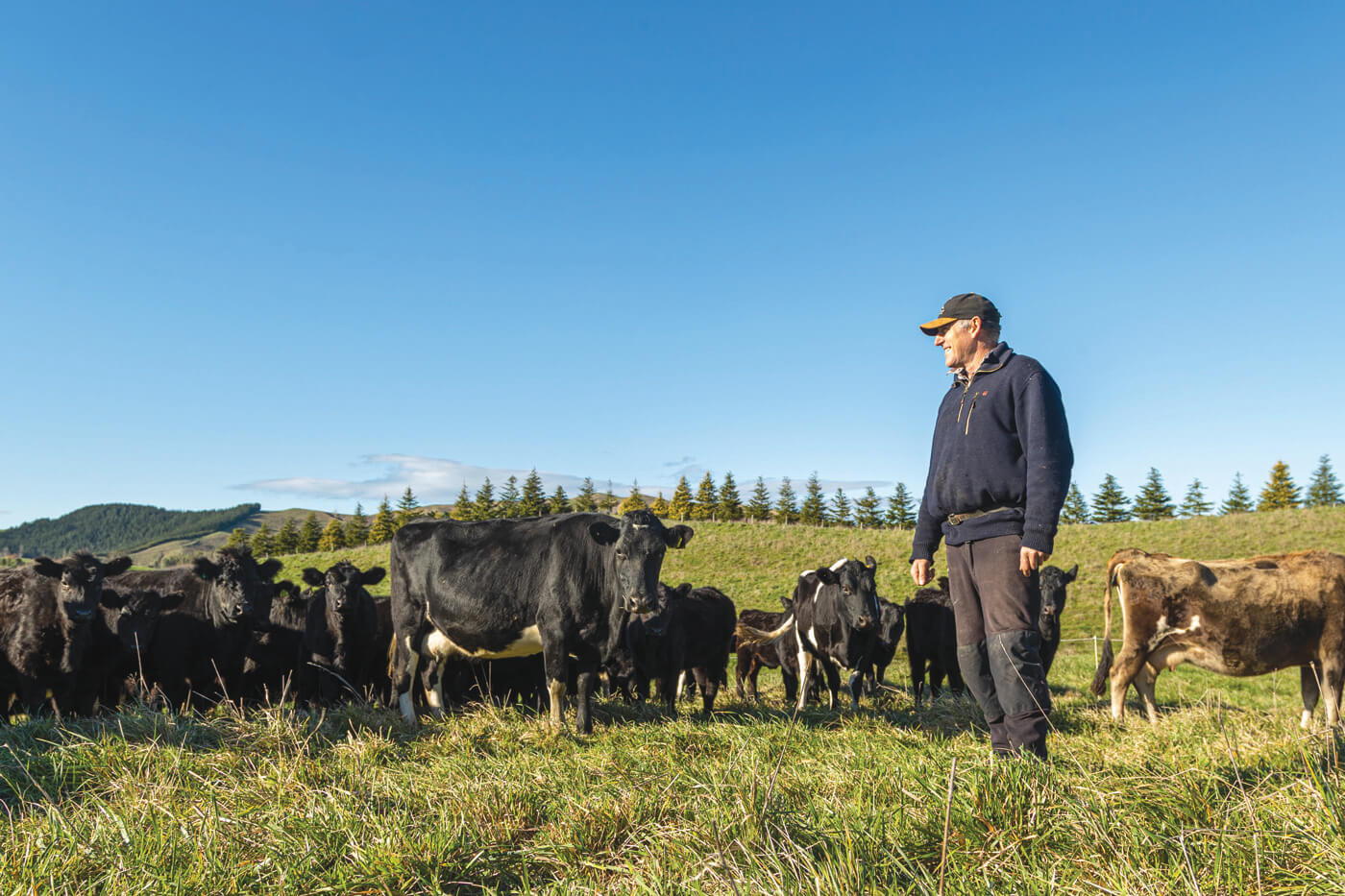
On the hunt for a balanced diet, consumers are becoming more conscious of their choices, looking for a supply chain they can trust; one that’s ethical and sustainable. To that extent, those same consumers have a supply chain that fits the bill – yours. Gate to plate, when it comes to primary produce, you lead the pack.
Not only could the sector be on the cusp, today, of a net-cooling methane emissions path, but your management of 24% of New Zealand’s native vegetation, 30 years spent expanding the conversation estate by two million hectares planted out, and your focus on maintaining, nourishing, and expanding your wetlands, all amount to an effort that is second to none. These combined efforts likely amount to a carbon-sequestering machine. Every time we look, you give us more to like.
What impresses us most? Your efforts on farm to increase biodiversity, productivity, and sustainability are long term and enduring; some of your initiatives have an impact today, some a decade from now, and some will carry on in 10,000 years’ time. It’d be hard to ask for more.


.jpg)
.jpg)
